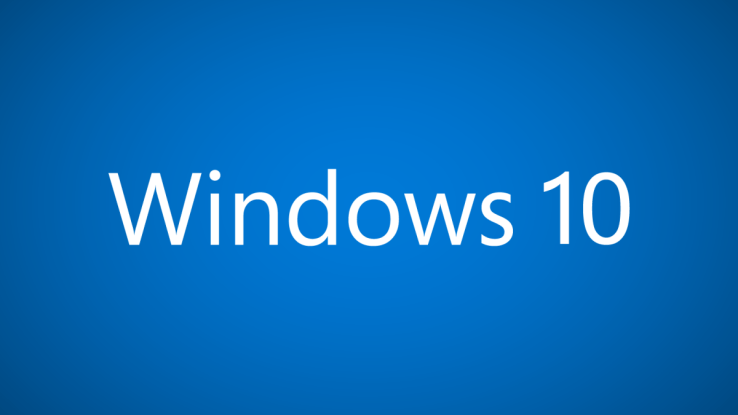
After some general market confusion and bad headline writing, Microsoft this morning detailed how it will roll out Windows 10 to testers, consumers, and large-scale customers.
First, scale: Microsoft said in its blog post this morning that there are now 5 million Windows Insiders, up from 3.7 million in May. The company also said that it has collected “millions” of “reservations” for Windows 10 from the public. Both numbers seem reasonable.
Microsoft will offer Windows 10 as a free upgrade to Windows 7 and Windows 8 and 8.1 users for a year. The company hopes to land the code on a billion devices in two to three years, a wide band, but also a large figure.
So, how will you get it? If you are a current Windows 10 tester, you win! Well, you get the build first among the public. Here’s Terry Myerson, Microsoft’s recently appointed Number Two:
Starting on July 29, we will start rolling out Windows 10 to our Windows Insiders. From there, we will start notifying reserved systems in waves, slowly scaling up after July 29th. Each day of the roll-out, we will listen, learn and update the experience for all Windows 10 users.
If you are among the people who care the most, you get Windows 10 most quickly. The rest of the public will have to wait and chill. That’s not going to be controversial. Volume license customers — probably not you, dear reader — can snag Windows 10 on August 1st.
Now, two technical bits that matter:
Soon, we will give a build of Windows 10 to our OEM partners so they can start imaging new devices with Windows 10. The new devices our partners are working on are very exciting, I can’t wait to hear your feedback as you get a chance to use them.Soon after, we will distribute a build of Windows 10 to retailers all over the world, so they can assist their customers with upgrades of newly purchased devices that were originally imaged with Windows 8.1.
This is what I expected. The kids that make computers get the code before you, as usual. They don’t call it a RTM build for no reason. What matters more in that specific bit of Myerson verbiage is the word “soon.” Given that the code will drop for testers on July 29, I presume that “soon” here is more akin to “damn soon.”
In its post, Microsoft stressed that it is working to make sure that all systems can upgrade, and that it won’t move people to Windows 10 until it should work with their setup. That’s a defensive and offensive move, in that the company cannot afford a negative media cycle on the issue — today in breaking news, Microsoft’s new ‘Windows 10′ operating system took the school system’s servers offline, causing tears in the lunch room… — and aggressive in that they want to see the damn thing on every device that might support it.
That billion device number, again.
So that’s that. More later when I am awake and can feel my face.

Comments
Post a Comment